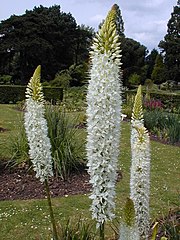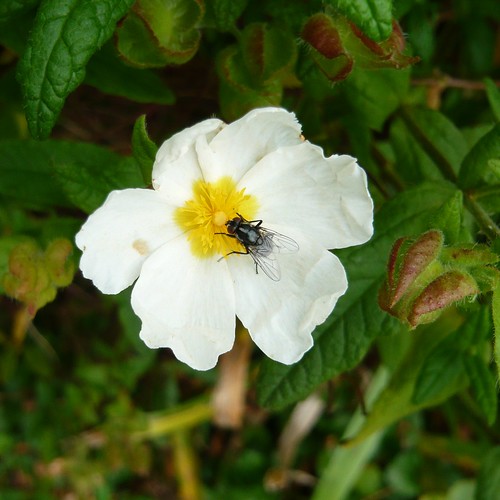
How do you chose the best flowers to grow for scent? Well if you want good scent in the home I recommend some flowers below that cut and last in a vase and provide nice scent.
Phlox paniculata or Desussata the perennial plant with large heads of flower on 2-3 foot stems is a favourite of mine. The white version above has a sharper scent than the even sweeter smelling pinks and bi-colours.
Roses are the recognised queen of scents in the garden and the strong stems also make them good cut flowers. Mme Hardy is a damask variety with prickly stems that has superlative white blooms. Rose oil or Attar of roses is a perfume distilled from Rose damascena and Rose centifoilia so flowers with this pedigree are likely to be ‘good smellers’.
Carnations used to smell of cloves with a hint of cedarwood but some of the intense breeding for the cut flower industry has reduced the depth of scent in some varieties. The British National Carnation Society has an interesting article on the subject of scent.
Autumn is the season to select bulbs for next year. Why not try more Narcissus for cutting or in a bowl. Yellow Cheerfulness, the single white Actaea or the traditional Pheasant Eye are fragrant choices. The smaller Jonquilla Narcissi are also an interesting and varied group to grow for scent.
Thinking of spring brings me back to my favourite Peonies which carries a sweet scent in a bowl of water or as part of an arrangement. Sarah Bernhardt is the smelly variety below.

Other Resources
Royal Horticultural Society RHS ‘Gardening for All’
National Council for Conservation of Plants and Gardens ‘Conservation through Cultivation.’
Garden Organic National Charity for Organic Gardening.
BBC Gardening












